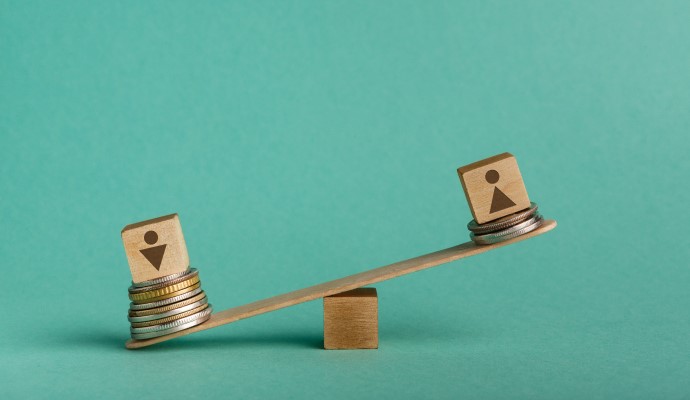Study Raises Concerns About Gender Pay Gap in Healthcare
Researchers observed a pronounced gender pay gap in healthcare after studying salary disparities among internal medicine specialties in medical schools.

Source: Getty Images
- A study recently published in JAMA Internal Medicine is raising concerns about the gender pay gap in healthcare.
Researchers from the Perelman School of Medicine at the University of Pennsylvania and the Duke University Medical Center analyzed survey data on academic physician salaries from the 2018 to 2019 Association of American Medical Colleges (AAMC) Faculty Salary Report from 154 medical schools. They found significant salary disparities among women in internal medicine specialties despite the growing number of women pursuing internal medicine.
Women were paid at least 90 percent of men’s median annual salary for 10 of 13 internal medicine specialties, according to the study. The three exceptions were cardiology, gastroenterology, and critical/intensive care, which all demonstrated the largest gender pay disparities by both representation of women in the field and salary.
The gender pay gap was especially pronounced by within the higher ranks of cardiology and gastroenterology, researchers discovered.
In general, the median annual salary for women providers was lower across all faculty ranks. It also held steady within an absolute difference of $25,000 at all ranks except for Chief, researchers reported.
Women were also less likely to hold higher ranks, such as professor, even though representation was nearly equal at the instructor and assistant ranks.
The study’s findings point to a persistent gender pay gap in healthcare, industry experts said in an accompanying editorial.
“Women now represent more than half of medical school students, a salutary trend for a once male-dominated profession. Unfortunately, physician salary equality has lagged behind. Female physicians are paid less than male physicians in almost all specialty areas,” wrote the authors, which included Rita F. Redberg, MD, editor of JAMA Internal Medicine and member of the Department of Medicine at University of California, San Francisco.
The gender pay gap in healthcare was particularly salient among procedure-based specialties, such as cardiology and gastroenterology, both researchers and Redberg et al. pointed out. Both parties also emphasized the importance of gender diversity to close the gender pay gap in healthcare.
“[T]hese findings emphasize that eliminating persistent salary disparities requires an increased, concerted, multipronged effort. Recruiting and retaining women in all specialties and subspecialties should be prioritized,” Redberg et al. recommended.
They also called for a culture change within procedural-based fields. This included adding more women role models, breaking down the “macho” culture, providing more predictable schedules, and addressing the longer training periods.
“Concurrently, the medical profession overall, as well as specialties, should thoughtfully and frequently reassess how to distribute pay more equitably and to remove the premium currently paid for procedures over evaluation and management services,” Redberg et al. wrote in the editorial.
Industry leaders have been focused on closing the longstanding gender pay gap in healthcare. However, the COVID-19 pandemic could make it harder to achieve. Research is starting to show that more women left the workforce during the pandemic. Experts have speculated that the burden of childcare and family care may have fallen more heavily on women workers, prompting many to leave the workforce for good when communities shut down last year.
